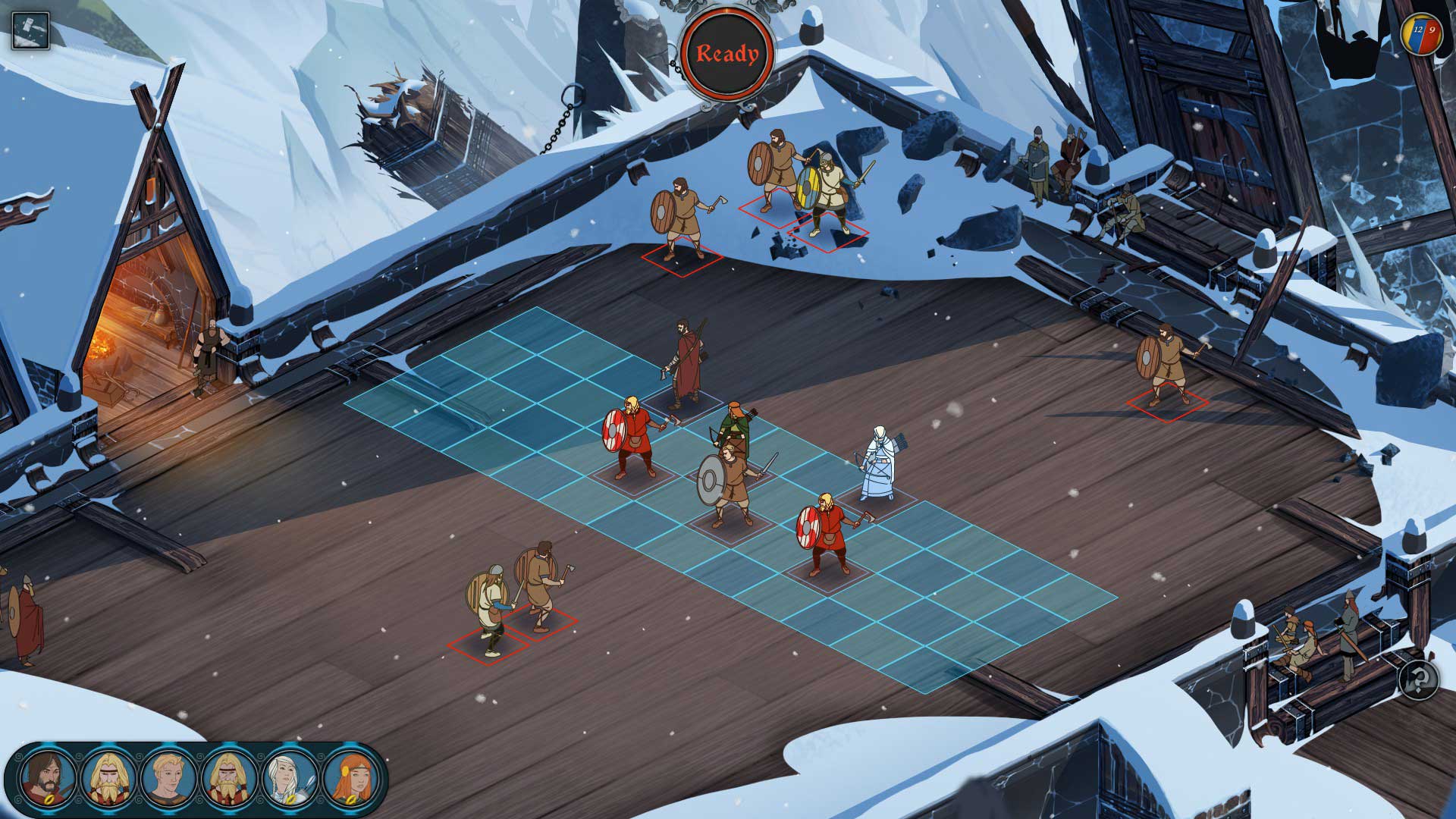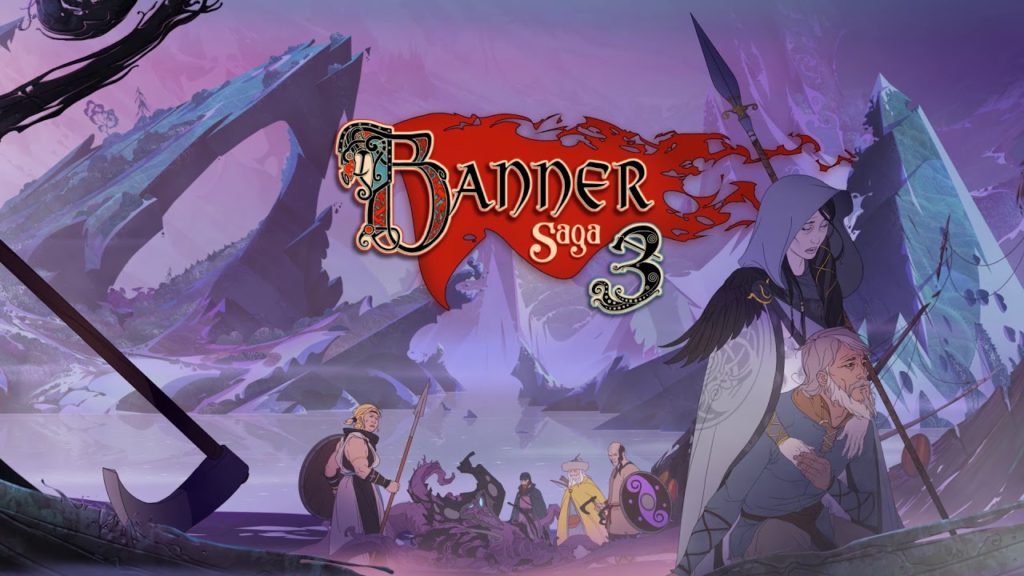

It made me really consider each person’s unique personality and how they might respond to the different options available. This is the ultimate success of The Banner Saga 3 is that your choices in dialogue almost never feel like clear-cut “good” or “bad” options. You may have to choose to stop and help hungry townspeople at the expense of useful supplies, or you may make the wrong dialogue choice and cost one of your party members their life.

You might have to choose who among your caravan to send to diplomatically appeal to people which will, in turn, affect the overall strength of your caravan. If you’ve played previous entries in the series, you’ll know that the choices you makes here can seem trivial but tend to always have direct and important influence on events that will play out. This is where the player choice comes into play. In between every battle, you’ll see your caravan marching ever forward towards your goal which is then intercut with brief bits of conversation or commentary, and then gives way to decision making. The glue that holds everything together, though, is the second way Stoic games plays out the conflict: the narrative.
#The banner saga reviews skin
Those battles are always thrilling and often feel like you are getting through by the skin of your teeth. The Banner Saga, though, manages to make all the pieces fall into place in a satisfying enough way that it never smacks as impenetrable.

The developers masterfully layer mechanics on top of that standard strategy game formula to offer something akin to a deep tabletop experience. You’ll set up your team from a large roster of possible combatants (each with their own strengths, weaknesses, and unique abilities) and take turns moving on a grid. The conflict is played out in two distinct ways: the primary means for direct conflict comes from tense turn-based strategy battles. The game does a great job of casting your foes in a more sympathetic light throughout the game, and much of the conflict arises from political strife between people for or against aiding the Dredge.

The largest hurdle in your way, though, are not the enemies outside the wall but the dangerous politicking within them. The main thrust of the game is to repel the oncoming horde of Dredge, the ancient enemies that have been biting at your heels for the entire series, and forge as many alliances you can in the final days. How they get there and under what circumstances are totally up to you though. The third and final entry in the trilogy sees Alette or Rook (depending on choices made in earlier games) finally reaching their destination. The Banner Saga 3 continues to carry the flag and rounds out the trilogy on a bittersweet note, hitting all the same highs as previous entries, but is mired by just enough minor annoyances to hold back an otherwise exemplary game. It doesn’t reshape the entire series, but it builds on the framework of the first two games to deliver a rich and compelling Norse-themed narrative with interesting characters fraught with perilous and nail-biting player choice. A road lined with danger, twists, and turns, but The Banner Saga 3 reached its end.


 0 kommentar(er)
0 kommentar(er)
